Let’s imagine a scenario. You are planning a project and you need to buy new yarn (yay!) As you start browsing through your favorite yarn website – you see a lot of different yarns that look like they could be great for your project. Great except that yarn sizes range from 40/2 to 8/4.
…
Right.
Looking at the weaving yarn sizes can feel like you are reading a secret code. What do those numbers actually mean?
Before we move on it is important to note that sizing can vary between different types of yarn. 8/4 cotton and 8/4 linen won’t actually be the same size.
That would make too much sense.
First Number
The short of it is that the first number in your fraction is the gauge of the yarn. Just like wire – the larger the number = the thinner the yarn. This is the same no matter the material make up of the yarn (cotton, linen, wool, etc.)
If you’re like me, though, then you might have some questions.
For example: where does that number come from? It all has to do with how many yards per pound (ypp) your yarn is. (We’ll calculate ypp later)
The standards for yarn sizes were decided a long time ago when yarn was first being produced. Cotton, for example, is based off of a size 1 yarn being 840 ypp¹. This gives you an approximate amount of yardage you can expect on your cone or tube. This number is really helpful when planning your weaving.
In contrast to cotton – linen size 1 is 300 ypp¹. This is why an 8/4 cotton and 8/4 linen aren’t actually the same size. 8/4 linen actually ends up being a thicker yarn. Keep this in mind if you are using cotton for samples and linen for your final product.
Unfortunately, there is no direct translation. If you want to figure out similar yarn sizes in a different material than look at the ypp and find one that is equal or close to the yarn you are looking to replace. This information can usually be found where you purchased your yarn – especially if you purchased it online.
Second Number
The second number of your yarn size fraction is simply the number of plies your yarn has.
When fiber is first spun it is called a single. Singles are rarely used in weaving because they aren’t as strong and they tend to have a lot of “energy”. This means they don’t always behave the way you want them to. Sometimes they don’t compress as well or weave as straight. That doesn’t mean you can’t do it – but it will be harder.
A plied yarn has 2 or more single yarns twisted together. Generally speaking more plies = greater strength. This is why these yarns are more likely to be used for high traffic weavings like rugs.
Most yarns sold for weaving have 2 or 4 plies, but you can sometimes find thicker yarns with more.
This all means that, for example, 8/2 cotton has 2 sets of size 8 yarn twisted together. Likewise 8/4 cotton has 4 sets of size 8 yarn twisted together.
And so on.
It’s also good to note that this sizing isn’t standard worldwide. If you are purchasing yarn from another country then keep in mind that in some countries the size and number of plies might be reversed.
In this case, 2/8 cotton purchased internationally might just be the same as 8/2 cotton purchased in the U.S.
Calculating YPP
You can now take these numbers and do a little bit of math.
I’m sorry.
Let’s take 8/2 cotton for example:
First, you will want to take the ypp numbers for a single (840 ypp) and multiply it by the first number of your yarn size.
This would mean that size 8 cotton can be described as having approximately 6,720 yards per pound.
You’re not done yet though.
There’s a second half to that equation. You have to divide it by the number of plies.
The entire equation looks like this:
840 x 8 = 6,720
6,720/2 = 3,360
8/2 cotton has 3,360 ypp.
Done.
Let’s put that into action.
Say you have a standard 8/4 cotton with a ypp of 1,680 (840×8/4). If you are looking for a similar sized linen for your project then you would want an 8/2 linen or 1200 ypp (300×8/2). While they aren’t exactly the same, they should be close enough to weave up the similarly. That being said, samples are always your friend.
Why is this important?
Ok, so I’m going to be super honest with you right now. The math we just did? Yeah, that might not be super important to know when you are planning your project. I didn’t know that a pound of cotton size 1 is equal to 840 yards for years into my weaving career and I never had any big issues.
It’s cool to know though for us yarn nerds.
Luckily for all of us, when ordering online most yarn stores tell you the recommended sett range for that warp and the approximate yardage per cone/ tube/ skein. The yardage plays a role when planning the project so you know that you are purchasing the right amount of yarn for your specific project.
That being said – if that information isn’t provided or you can’t find it then you now have the equations to figure it out yourself!
A note on recommended sett: keep in mind that the recommended range is usually for a balanced plain weave so you might have to adjust accordingly. This is where samples once again become an incredibly important part of your studio practice.
So I guess the moral of today’s post is to always read the yarn description and that there is a lot more to know about yarn and yarn sizes than you probably ever imagined.
¹Held, Shirley E. Weaving: a Handbook of the Fiber Arts. Holt, Rinehart and Winston, 1978.
⇣ Love It? Share it! ⇣
You May Also Like














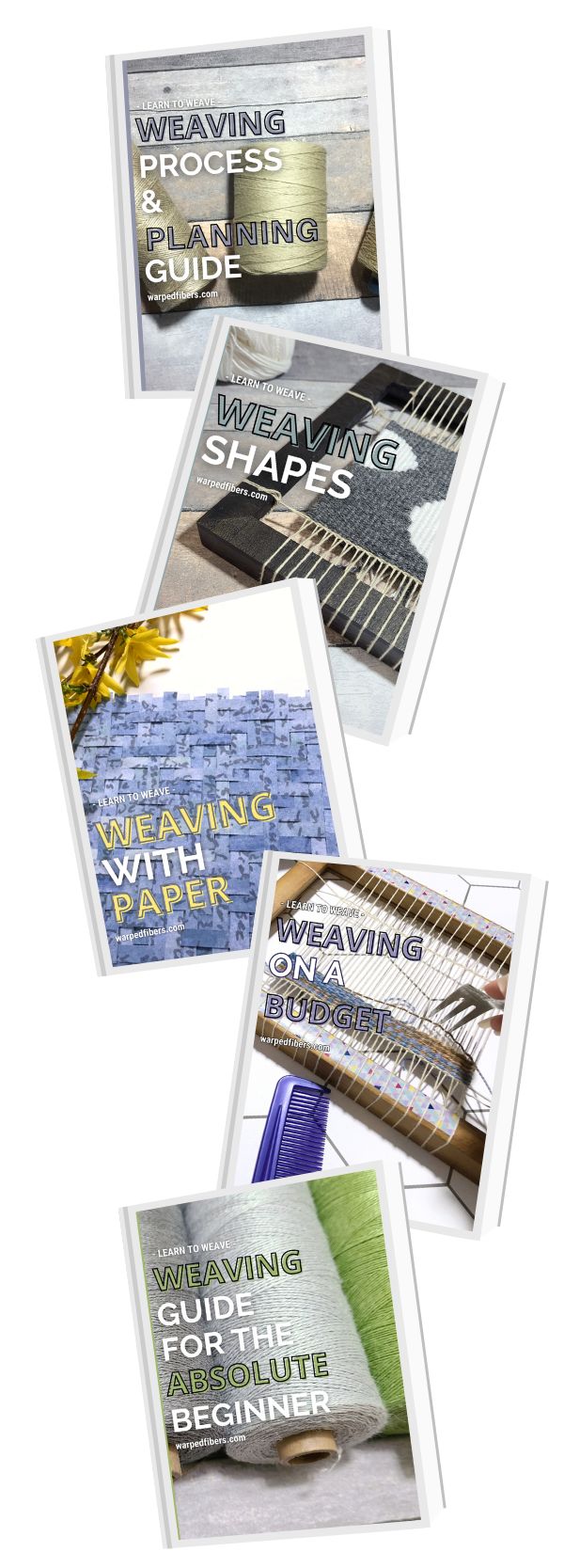
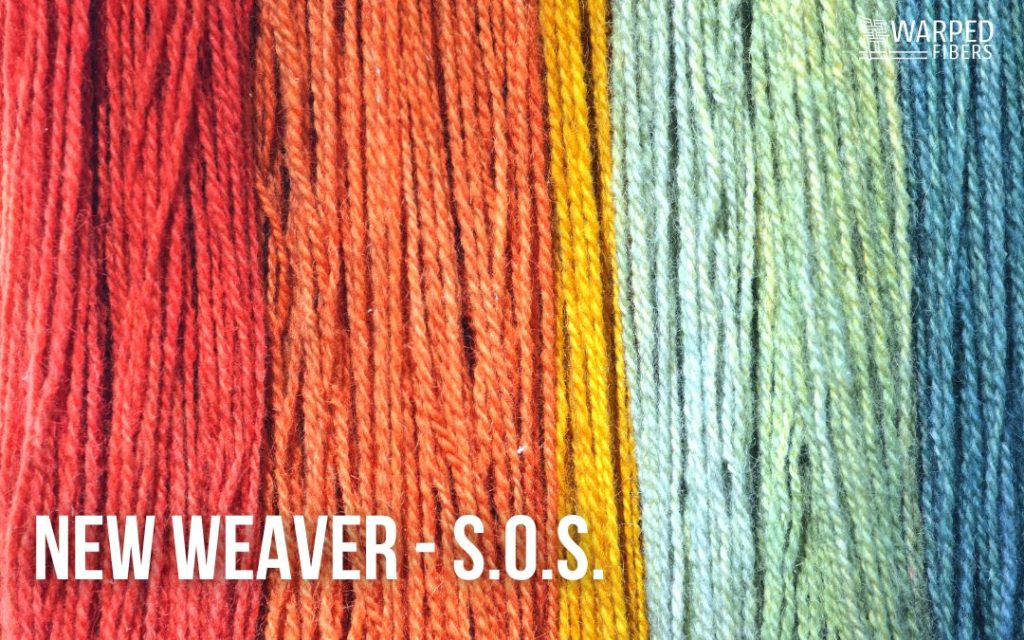

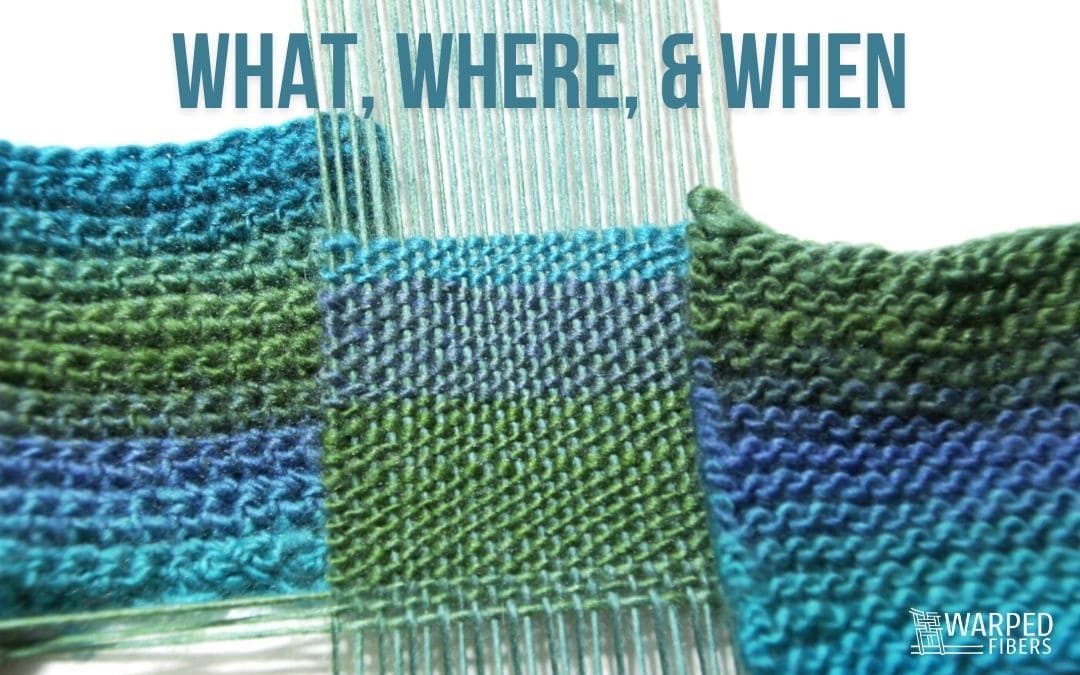

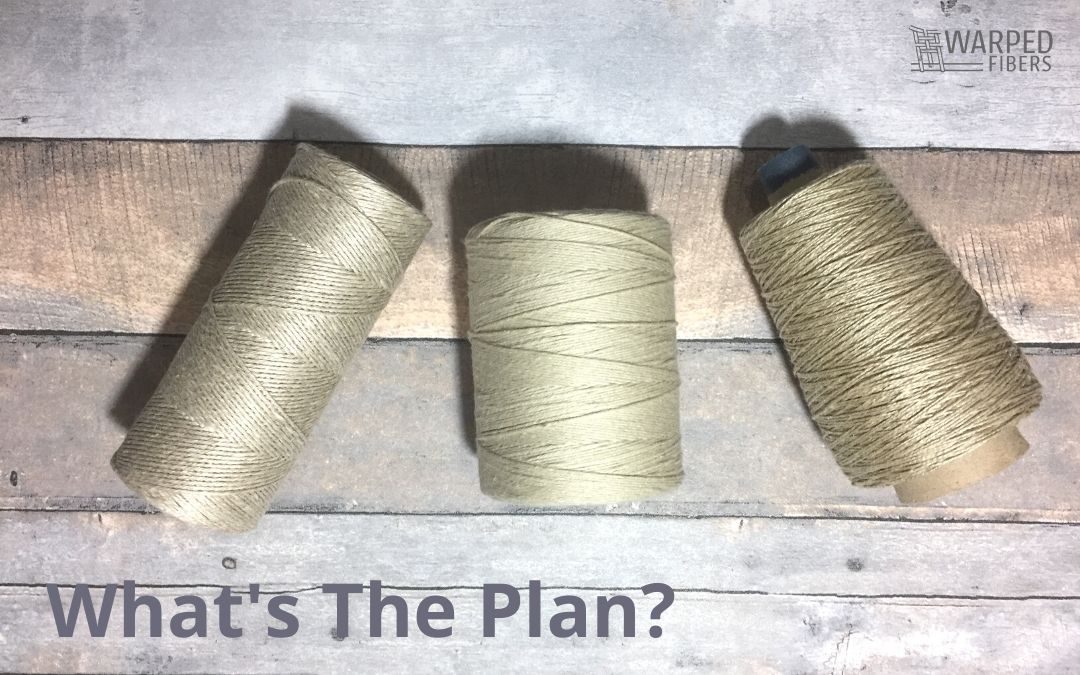

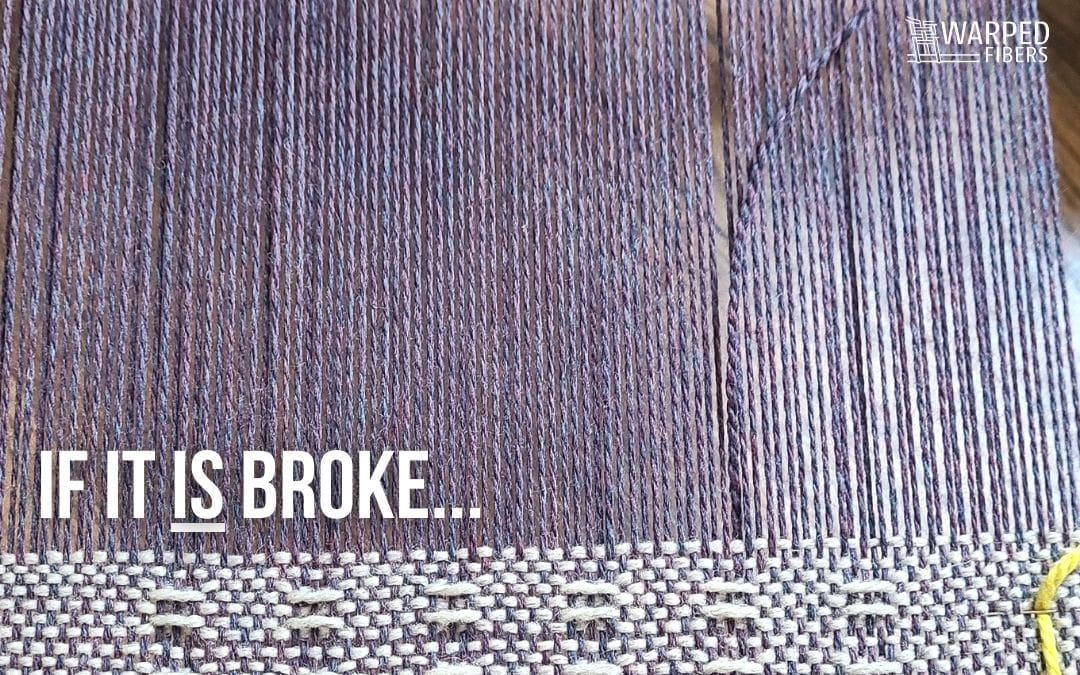

Thanks, I’ve been weaving for a few years and buying yarn on-line is fraught with difficulty for me. Understanding the sizes is very difficult. Your blog was a good start. Would you do one on wool sizes as well please? They seem even more complex. Living in UK I also have to convert metric/imperial measures. Yarn is usually sold by the metre and some yarns are sized in nm.
I’ll put it on the list!
I’m looking for 8/8 Maurice Brassard cotton yarn. Literally the only place in the US that carries it in the colors I want (once they order it from overseas apparently) is a company I’ve personally had a problem with and based on other customer reviews, I’m not alone. There seems to be lots more 8/4 with other suppliers so I’m wondering if the size is enough to make a big difference? It’s for placemats if that’s helpful.
I haven’t personally used any 8/8 cotton since it is so hard to come by, but I use 8/4 regularly. The size difference would probably be noticeable since it is twice the amount of singles spun together. 8/4 would make a lighter placemat and you would have to account for the change in EPI with your pattern, but it could still be nice 🙂
What is 3/2 cotton weaving thread called in Europe?
Thank you.
My understanding is that a lot of times the 2 numbers are switched in Europe vs the US. That would mean a 3/2 cotton in the US would be a 2/3 cotton in Europe. Beyond that, I’m not sure if there are other differences. Hope this helps!
Please explain what the 840 number means in the beginning explaination and the 300 number in the example.
Hi Bob, 840 is the weight of cotton yarn in size 1 (the ypp or yards per pound). 300 is the weight of linen yarn in size 1. These numbers and weights were arbitrary ones that the guilds decided on a long time ago. Since linen and cotton had different guilds the numbers didn’t have to match up. Hope this helps!
I’m a little confused. What is good to use for beginners on a loom? I have a homemade loom and I’ve been using yarn from Walmart. I would like to know the correct materials to use. I purchased a loom because I enjoy this and I’ve decided this is something I want to get better at.
Hi Anita, It really depends on what you want to weave. I recommend checking out my posts on choosing a warp yarn and EPI. Ultimately, the best thing to do is make an EPI mini-loom or samples to make sure that your yarn will work. If you are trying to weave tapestry – then generally speaking an 8/4 cotton or 8/2 linen works really well. You can see my favorite yarns HERE. Samples are always best though. Good luck!
I have to be honest, this is all new to me. I weave with my yarn knitting stash and use fragments of art yarn and knitting/ spinning add-ins. It’s a good way to show off beautiful yarn with minimal weaving skills.
There are a lot of beautiful knitting yarns you can use for weaving (mostly weft) so that is not a bad way to go 🙂 Knitting yarns just tend to not be as strong and have a looser twist. I’m glad I can give you some new info!